Estimated reading time: 5 minutes
How’s your harvest going? Have you started yet? How have your attempts to protect your fruit worked (or not) so far?
Where we live in central Victoria, we need to get started with fruit protection in mid-spring. Cherries are one of the first crops to come in. They’re so beautiful but so vulnerable!
Related Articles
The difference between green manure and understory
Green manure crops, cover crops, and understory all bring great benefits to the soil, but what’s the difference between them?
5 Steps to a Simple Worm Farm
Every household needs a worm farm, and here are 5 simple steps for setting one up with almost no cost and very little fuss.
3 ways to manage weeds under fruit trees in spring
Spring is the time when weeds really start to grow under your fruit trees. Managing them well can provide benefits for your soil.
The list of things that can damage cherries seems endless! For example, the weather is one of your main frenemies in spring.
Sunshine and warmth are glorious and necessary to ripen the fruit, but there’s a good chance you’ll also experience hail, rain, heatwaves, or storms. And you guessed it, they can all cause significant damage.
And then there are the pests, both from above and below. Birds LOVE cherries. And though they’re tiny and inconspicuous, crawling insects like earwigs and garden weevils can do almost as much damage as the birds.
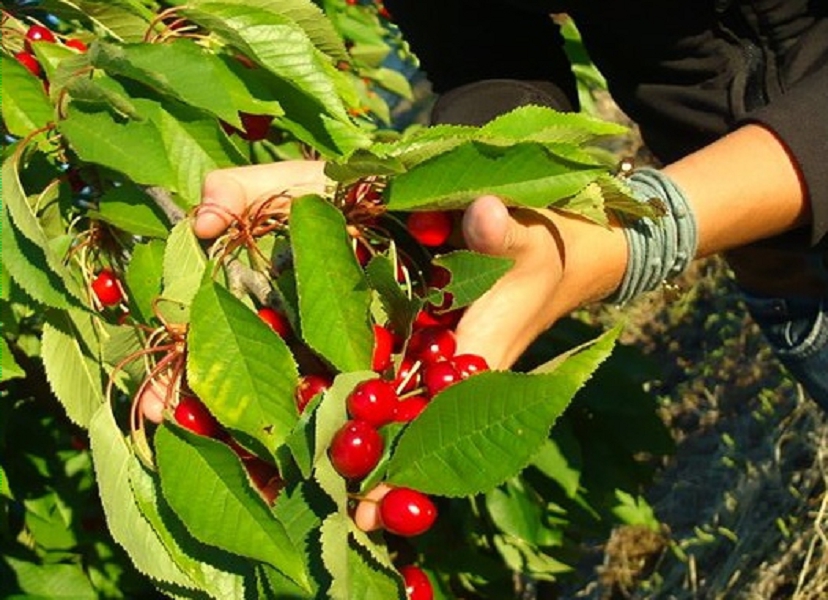
Starting early to protect your crop
Early spring is a great time of year to start reflecting on what has worked, and what hasn’t, in terms of protecting the crop. As a fruit grower, this is your constant mission!
We learned years ago that you’ll always be exposed to the many risks that Mother Nature has in store for you. But with some good planning and crafty strategies, there are lots of things you can do to predict and thwart the worst of them.
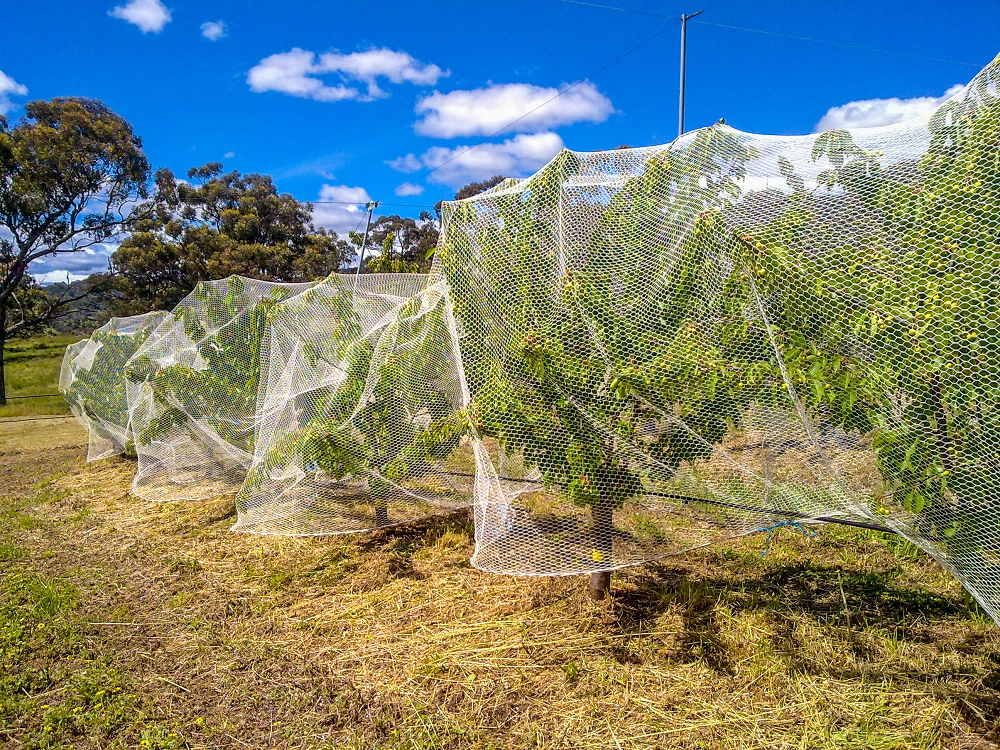
1. Netting is the only reliable way to stop birds from eating your fruit.
The bird threat comes from a variety of different bird species, at different times during the season, on different crops. It’s hugely influenced by what else is going on in the environment around you.
It’s wisest to always net. Just do it.
It doesn’t have to be big, complicated, or expensive. Even drape netting your trees, or just covering a few branches with netting, bags, old sheets, or anything you have to hand, will usually be good enough to protect at least some of the fruit from these predators.
Netting has the advantage of also protecting against possums and fruit bats. However, if you have a serious and persistent possum problem, you may need to consider more of a permanent cage (for your fruit trees, not the possums).
Be aware that if you’re also trying to protect your fruit against fruit fly netting goes to a whole other level. In this case, you need to use specific nets that can exclude the fruit flies.
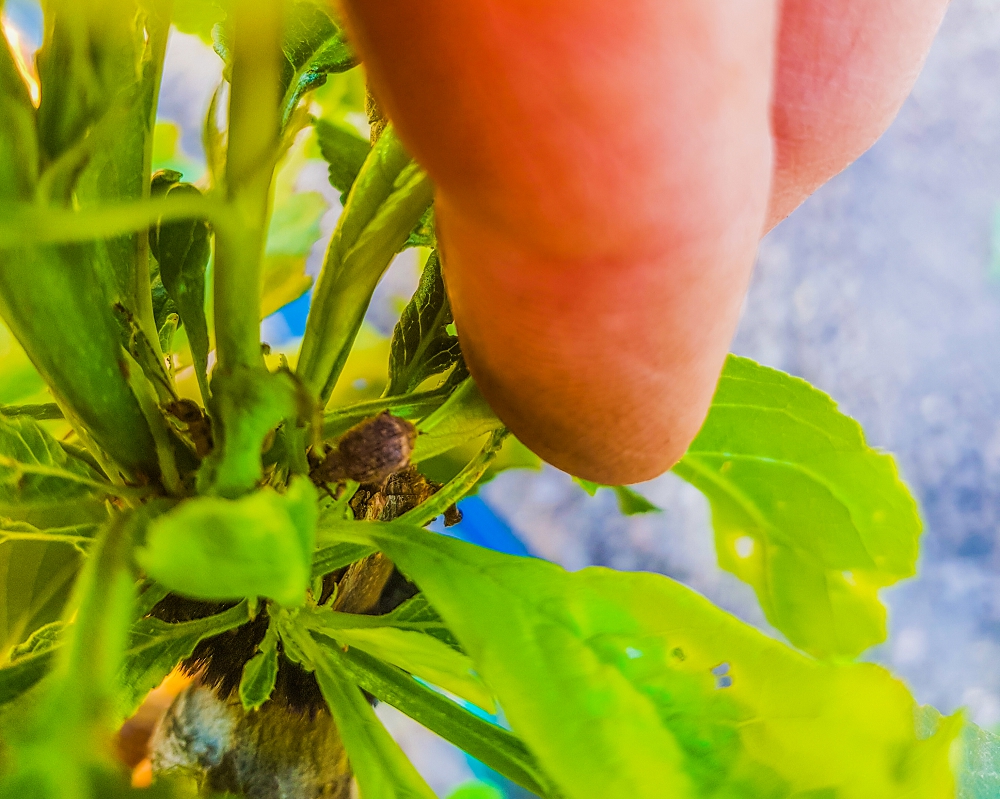
2. It’s possible to prevent crawling insects from eating your stone fruit – but you have to be on the ball!
Every time we’ve picked fruit that is full of earwig or garden weevil holes, we’ve vowed (once again) to pay closer attention to this problem next year.
It’s almost completely preventable!
Chemical farmers use poisonous insecticides to deal with insect problems like this. We don’t like the impact they have on the environment (or our health), so we’ve had to come up with organic solutions. It’s taken a lot of trial and error over the years.
The main solution we use is a sticky barrier around the trunk or branches of the tree. It’s simple but effective (just ensure no other animals can get caught up in the stickiness).
The best time to apply a barrier is in early spring. Earwigs for example are attracted into the tree as soon as it has leaves. Once in the tree, they’ll cheerfully take up residence there for some time. You’ll find more information about barriers and traps here.
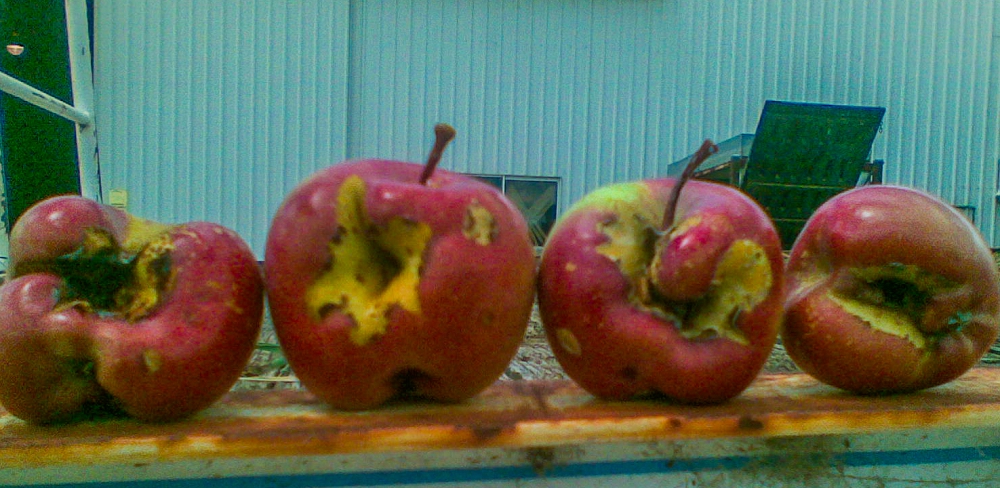
3. Protect against hail with the same solution as #1 – netting!
Hail – aaarrgghh!
It just takes one short, sharp hailstorm right above your fruit tree to wreak havoc (as you can see from the apples in the photo above).
Hail is random, unpredictable, and unpreventable. Luckily, the best defense against it is the same defense as tip #1 – netting! In fact, preventing hail damage is an even more common reason that commercial orchardists use netting than bird protection.
It won’t completely prevent damage to any fruit that is just under the net for example, but it can make a huge difference to the overall levels of damage in the tree.
So, there you have it – our Top Three Tips for protecting your fruit over the summer – good luck!
Related Articles
The difference between green manure and understory
Green manure crops, cover crops, and understory all bring great benefits to the soil, but what’s the difference between them?
5 Steps to a Simple Worm Farm
Every household needs a worm farm, and here are 5 simple steps for setting one up with almost no cost and very little fuss.
3 ways to manage weeds under fruit trees in spring
Spring is the time when weeds really start to grow under your fruit trees. Managing them well can provide benefits for your soil.

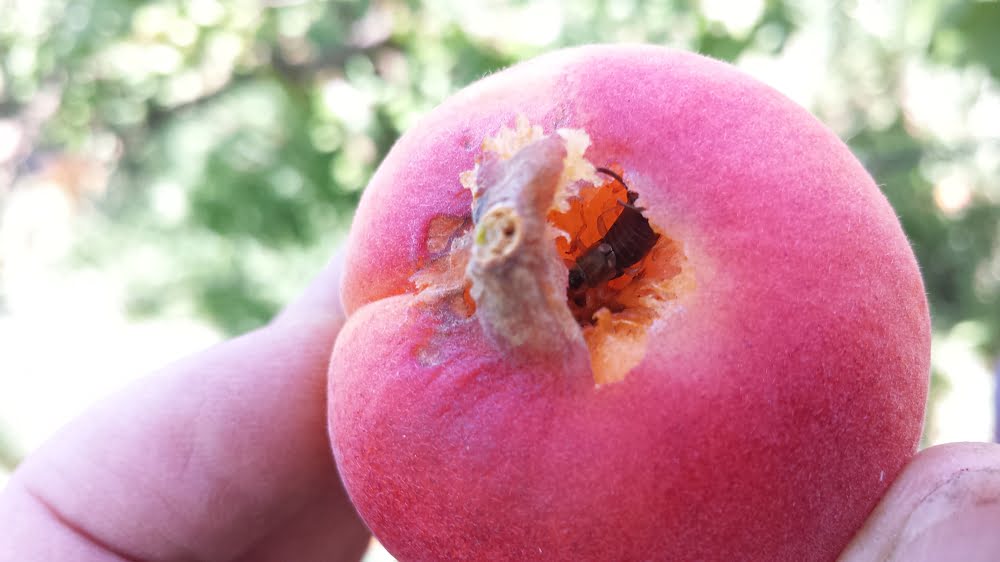
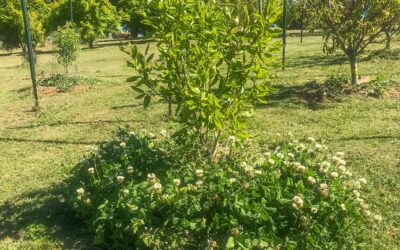
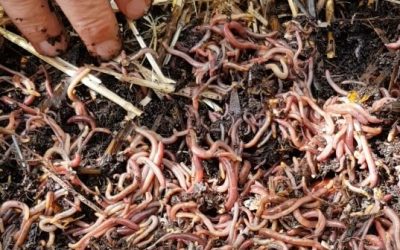
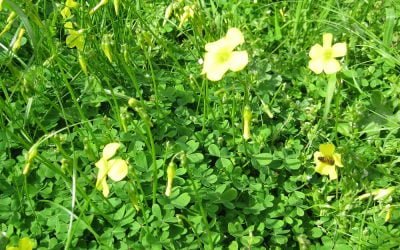


What about rats Katie?
Cheers,
Stephanie Robertson